10 Foods High In Lectins To Avoid On A Lectin-Free Diet
If you have decided to avoid lectins, steer clear of these common foods.

Image: Midjourney/ StyleCraze Design Team
People with digestive issues, allergies, and a compromised immune system avoid foods high in lectins. Lectins are proteins and are antinutrients, which interfere with the absorption of nutrients and negatively affect health. They may also aggravate gut-related disorders, autoimmune disorders, and irritable bowel syndrome (1). Hence, pay attention if you have any medical conditions mentioned above. Continue reading to know more about the adverse effects of lectins and 10 lectin-heavy foods you must avoid if you are on a lectin-free diet.
 Did You Know?
Did You Know?In This Article
What Are Lectins?
Lectins are carbohydrate-binding proteins found in almost all foods, especially legumes and grains.
They are also known as antinutrients as they bind to certain carbohydrates and reduce the body’s ability to absorb essential nutrients (1). While some types of lectins are safe, others may pose health risks. This depends on the type of carbohydrates the specific lectin binds to (2).
In the next section, we look at what foods have lectins in high quantities. If you are deficient in certain nutrients, you may want to keep a check on the intake of any of these 10 foods.
Key Takeaways
- Lectins, known as antinutrients, are carb-binding proteins found in most foods. Some lectins may pose health risks.
- Grains, legumes, nuts, chickpeas, potato, wheat, beans, tomato, bell peppers, and eggplant contain lectins.
- These antinutrients may cause adverse effects like aggravating IBS and worsening autoimmune diseases.
- Lectins extracted from the seeds of some plants may cause clumping of red blood cells.
10 Foods High In Lectins
Here is a list of the top 10 foods high in lectins. You should limit their consumption or prepare properly to minimize potential negative effects.
1. Cereals And Grains
Cereals are lectin-loaded foods, high in wheat germ agglutinin (WGA), a type of lectin. WGA is also found in rye, barley, and rice. It is linked to certain health risks, including increased intestinal permeabilityi A condition where the toxins can pass through the gut along with water and nutrients and cause bloating and digestive issues. (3). In contrast, taking WGA-containing foods like whole grains and cereal products is also found to reduce the risk of type 2 diabetes and cardiovascular disease. Such foods may also help with long-term weight management (4). Hence, more research is warranted in this regard. However, moderate consumption of lectin-packed foods like cereals and grains is advised if you have nutritional deficiencies. Consult your doctor for more information.

Note: High-processed breads or packaged foods that contain wheat can cause gastrointestinal problems, while whole grains such as brown rice may not.
2. Legumes
Legumes are a staple in many diets. They contain lectins that are glycoproteins (proteins to which sugar chains are linked) (5). Legume lectins have antimicrobial, insecticidal, and antitumor properties (6). However, clinical trials are needed to establish their therapeutic efficacy. Domesticated legumes are a more accessible and abundant source of lectins, unlike the wild variety.
In addition, how lectin-dense foods like legumes are cooked also affects the balance of lectins vs beneficial nutritional qualities.
3. Nuts
All nuts contain lectins, though almonds have the highest concentration. In fact, almonds have a higher lectin content than peanuts (7). Lectin concentration in plant sources significantly decreases with cooking time. Even soaking these lectin-abundant foods like nuts and seeds in water reduces their lectin content significantly (2).
4. Chickpeas

Chickpeas are popular for their high protein content, but they also contain lectins in the range of 1160 to 1375 HU/g. Lectins degenerate red blood corpuscles by firmly sticking to them (hemagglutinating activity). This means they cause red blood cells to clump together, interfering with normal blood circulation and oxygen transport (8), (9).
5. Potatoes
Potatoes are rich in starch, but they also contain lectins (solanum tuberosum agglutinin). Besides, white potatoes have a higher concentration of lectins than sweet potatoes (10). Lectin-rich foods may cause digestive issues besides playing a role in inflammatory conditions like rheumatoid arthritis and type-1 diabetes (11).
6. Wheat

Whole grains, especially wheat, are high in lectins. These lectins bind to glomerular capillary walls (filtration barrier)and tubules of human kidneys and induce IgA mesangial deposits (accumulation of immunoglobulin A protein in the kidney). This may cause or aggravate nephropathy (kidney deterioration) in humans (12). Cooking, soaking, and dry roasting lectin-laden foods like wheat may reduce their lectin content.
7. Beans
Beans are consumed widely for their protein content. However, beans, specifically red kidney beans, contain significant amounts of lectins with both beneficial and harmful properties. Phytohaemagglutinin (PHA), a lectin isolated from the red kidney bean, has antiviral properties (13). However, some lectins are resistant to proteolytic enzymes (that break down protein) and enter the circulatory system, posing health risks. Even black beans contain a considerable amount of lectins that disrupt the digestive process of our body. To reduce this, the Danish Veterinary and Food Administration recommends soaking black beans for 12 hours followed by boiling them for 30 minutes for safe consumption (2). However, black bean benefits have led many people to consume it on a daily basis. But, overconsumption must be avoided to prevent digestive problems and other health issues.
 Quick Tip
Quick Tip8. Tomatoes

Tomatoes are non-starchy and contain lycopene (a powerful antioxidant) (14). Lycopene in tomatoes protects the skin from harmful sun rays (15). However, research suggests that tomatoes also contain lectins. These lectins bound to the intestinal villi (finger-like projections that help with food absorption) and were found to resist digestion. However, no negative effects were observed from these lectins (16). Removing seeds from lectin-infused foods like tomatoes may reduce their lectin content.
9. Bell Peppers
Research suggests that lectins from bell peppers have antifungal activity (17). Almost all nightshade vegetables like tomatoes, potatoes, and bell peppers have lectins. However, these are only known to exhibit harmful effects in sensitive individuals. Many anecdotal studies suggest that eating raw bell peppers may lead to excess lectin ingestion and flatulence. However, as per research, no adverse health effects have been reported (2).
10. Egg Plant

Eggplant is also a nightshade vegetable rich in lectins. These lectins firmly stick to red blood cells (erythrocyte hemagglutination)(18). They may show negative effects in sensitive individuals and can sometimes aggravate urticariai A common skin condition that leads to red, itchy, and raised rashes due to a reaction to food, medicine, or other irritants. . Lectin-carrying foods like nightshade vegetables are a family that irritates certain people who may have IBS, IBD, leaky gut, or sensitivities, whilst others will experience no reaction or sensitivity at all.
Note: Soaking, boiling, or cooking the above-listed foods may lower their lectin content.
Lectins have a reputation for causing several side issues if consumed in high amounts. Let’s discuss this in the following section. Keep reading!
Side Effects Of Lectins
Here are the side effects of foods high in lectins you should be aware of:
1. May Aggravate Irritable Bowel Syndrome
Lectins may pass the human defense system and travel all through the body, which may aggravate irritable bowel syndrome. At times, these antinutrients may also cause intestinal inflammation (19). However, more quality research is warranted in this regard.
2. May Aggravate Leaky Gut Syndrome
The gut wall develops holes when lectins are consumed in large quantities. This increases intestinal permeability and aggravates leaky gut syndrome (20). The leaky gut syndrome causes bacteria and toxins to pass through the bloodstream and increases the risk of many infections and diseases (21). This may lead to malabsorption and negative digestive symptoms such as bloating or diarrhea.
3. May Increase Severity Of Autoimmune Disease
Lectins may aggravate autoimmune diseases by binding to human tissue and components of the gut microbiomei Useful microorganisms in the digestive tract that boost digestion, protect from pathogens, and regulate the immune system. . This binding induces the production of anti-lectin antibodies, which increase the severity of autoimmune diseases (22).
4. May Cause Flatulence
Pulses contain many antinutritional components like lectins and saponins. Therefore, their regular intake over extended periods may cause flatulence, especially in pregnant and lactating women (23). However, more research is warranted in this regard.
5. May Cause Clumping Of Red Blood Cells
Lectins get attached to red blood cells easily and cause them to agglutinate (clump or group). However, the extent of agglutination is greatly dependent on that part of the plant lectins are extracted from. Lectins from the seeds of certain plants cause the greatest percentage of erythrocyte (red blood cell) agglutination. It is the lowest in the case of plant bulbs and leaves (24).
Jules, a YouTuber, shares her experience of being on a lectin-free diet and shows what she cooks in a day that helps keep her digestive issues at bay. She records in one of her vlogs: “The way I have been eating now has been making me feel so much better (i).” She continues, “I don’t wake up bloated, I’m really not that bloated during the day, but I might still get a bit bloated and that was my major issue before. I have also noticed a huge increase in energy.”
While some of these adverse effects could be alarming, the good news is that you can minimize lectin content from your foods. Learn more in the next section.
How To Remove Lectins From Your Food
You don’t want to follow an entirely lectin-free diet as lectins do add some benefits to improve your health. However, one must try to minimize its content in the foods consumed. One effective method to reduce lectin content in foods is thorough cooking. Heat significantly reduces lectin levels and makes foods like beans, legumes, and grains safe for consumption (26). Soaking ingredients before cooking can also help decrease lectin concentration (27). Another technique that can break down the lectins in foods is fermenting (26).
The WHO recommends soaking legumes like dried beans for at least 12 hours, followed by boiling them in water for at least 10 minutes. FDA, on the other hand, recommends 5 hours of soaking and 30 minutes of cooking. The Danish Veterinary and Food Administration also recommends a soaking time of 10-12 hours and 30-60 min of boiling for different food items. For some of the foods mentioned in the list above, soaking times are as follows (2):
- Rice: 15 minutes boiling
- Barley: 15 minutes boiling
- Chickpeas: 12 hours soaking and 1 hour boiling
- Potatoes: 20 minutes boiling
- Wheat: 15 minutes boiling
- Green Beans: 10 minutes boiling
- Kidney Beans: 12 hours soaking and 30 minutes boiling
- White Beans: 12 hours soaking and 25 minutes boiling
- Tomatoes: 5 minutes boiling
- Bell Peppers: 5 minutes boiling
- Eggplants: 10 minutes boiling
Apart from cooking your food this way, you may also consider alternatives to reduce your lectin intake. For instance, instead of consuming foods high in lectins like tomatoes, eggplants, and bell peppers, try broccoli, brussels sprouts, sweet potatoes, etc. Similarly, instead of beans, you may try other protein sources like pasture-raised meats.
It is important to note that moderation and a balanced diet remain key when considering lectin reduction. You can also talk to a nutritionist who can offer guidance on managing lectin intake.
Infographic: Lectins – Everything You Need To Know About Them
Lectins are ubiquitous antinutrients present across many food groups. While they might not pose a significant problem, people with gastrointestinal conditions should pay close attention to their intake.
From the infographic below, learn why these proteins are problematic, some basic background information, what they might do to your health, and what changes one should follow instead.
Some thing wrong with infographic shortcode. please verify shortcode syntax
Takeaway
Foods high in lectins may aggravate gastrointestinal issues like irritable bowel syndrome. This antinutrient also hinders the absorption of other beneficial nutrients. Thus, it is important to be wary of the consumption of foods high in lectins, especially if you have nutritional deficiencies. Cereals, legumes, bell peppers, and tomatoes are some of the foods high in lectins. That said, regular food preparation processes like soaking, roasting, and cooking may reduce lectin levels. Also, in moderate amounts, certain lectins may benefit your health due to their natural antimicrobial, antifungal, and antitumor properties. However, people with autoimmune disorders or sensitive guts need to monitor their lectin intake and avoid overindulging in these foods.
Frequently Asked Questions
Is oatmeal high in lectins?
Yes, oatmeal contains lectins when it is raw. However, cooking destroys the lectin content in oatmeal.
Do avocados have lectins?
No, avocados are free from lectin.
Do bananas have lectins?
Yes. Ripe bananas contain lectins. You can reduce the lectin content in other foods like beans, but this is not the same in the case of ripe bananas.
Illustration: Foods High In Lectins To Avoid On A Lectin-Free Diet

Image: Dall·E/StyleCraze Design Team
Check out the video below and learn what to eat when following a lectin-free diet. Discover delicious, healthy options that are free of lectins and easy to prepare!
Personal Experience: Source
StyleCraze's articles are interwoven with authentic personal narratives that provide depth and resonance to our content. Below are the sources of the personal accounts referenced in this article.
i. What I Eat In A Day for GUT HEALTH | Lectin-free diet + Plant Paradox | SIBOhttps://www.youtube.com/watch?v=oTSO8OwrAkA
References
Articles on StyleCraze are backed by verified information from peer-reviewed and academic research papers, reputed organizations, research institutions, and medical associations to ensure accuracy and relevance. Read our editorial policy to learn more.
- Dietary Lectin exclusion: The next big food trend?
https://www.ncbi.nlm.nih.gov/labs/pmc/articles/PMC6603809/#B6 - Lectin Activity in Commonly Consumed Plant-Based Foods: Calling for Method Harmonization and Risk Assessment
https://www.ncbi.nlm.nih.gov/pmc/articles/PMC8618113/ - The Dietary Intake of Wheat and other Cereal Grains and Their Role in Inflammation
https://www.ncbi.nlm.nih.gov/labs/pmc/articles/PMC3705319/ - Health effects of wheat lectins:
https://www.sciencedirect.com/science/article/abs/pii/S0733521014000228 - Plant food anti-nutritional factors and their reduction strategies: an overview
https://fppn.biomedcentral.com/articles/10.1186/s43014-020-0020-5 - Legume Lectins: Proteins with Diverse Applications
https://www.ncbi.nlm.nih.gov/pmc/articles/PMC5486065/ - Antinutrients in Plant-based Foods: A Review
https://openbiotechnologyjournal.com/VOLUME/13/PAGE/68/FULLTEXT/ - Changes in levels of phytic acid
lectins - Characterization of chickpea (Cicer arietinum L.) lectin for biological activity
https://www.ncbi.nlm.nih.gov/labs/pmc/articles/PMC5911256/ - Saponins and lectins of Indian chickpeas (Cicer arietinum) and lentils (Lens culinaris)
https://www.researchgate.net/publication/267569996_Saponins_and_lectins_of_Indian_chickpeas_Cicer_arietinum_and_lentils_Lens_culinaris - Antinutrients in Plant-based Foods: A Review
https://openbiotechnologyjournal.com/VOLUME/13/PAGE/68/ - Lectins
https://nutritionsource.hsph.harvard.edu/anti-nutrients/lectins/ - Do dietary lectins cause disease?
https://www.ncbi.nlm.nih.gov/labs/pmc/articles/PMC1115436/ - Biological Properties and Characterization of Lectin from Red Kidney Bean (Phaseolus Vulgaris)
https://www.tandfonline.com/doi/abs/10.1080/87559120802458115 - Tomato Consumption and Health: Emerging Benefits
https://www.researchgate.net/publication/254075429_Tomato_Consumption_and_Health_Emerging_Benefits - lotion
https://www.researchgate.net/publication/321635869_Formulation_of_tomato_extracts_Solanum_lycopersicum_L_as_a_sunscreen_lotion - Tomato lectin resists digestion in the mammalian alimentary canal and binds to intestinal villi without deleterious effects
https://pubmed.ncbi.nlm.nih.gov/3888674/ - A lectin with antifungal and mitogenic activities from red cluster pepper (Capsicum frutescens) seeds
https://pubmed.ncbi.nlm.nih.gov/17082928/ - Biochemical Properties of Eggplant Fruit Lectin.
https://www.researchgate.net/publication/263361199_Biochemical_Properties_of_Eggplant_Fruit_Lectin - Control of intestinal inflammation by glycosylation-dependent lectin-driven immunoregulatory circuits
https://www.science.org/doi/10.1126/sciadv.abf8630 - Antinutrients in Plant-based Foods: A Review
https://openbiotechnologyjournal.com/VOLUME/13/PAGE/68/FULLTEXT/ - The Leaky Gut: Mechanisms
Measurement and Clinical Implications in Humans - Reaction of Lectin-Specific Antibody with Human Tissue: Possible Contributions to Autoimmunity
https://www.ncbi.nlm.nih.gov/labs/pmc/articles/PMC7036108/ - Nutritional and Antinutritional Factors of Some Pulses Seed and Their Effects on Human Health
https://dergipark.org.tr/tr/download/article-file/582826 - EFFECTS OF PLANT LECTINS ON HUMAN ERYTHROCYTE AGGLUTINATION
https://sciendo.com/article/10.1515/sjecr-2016-0031 - Widening the Perspectives for Legume Consumption: The Case of Bioactive Non-nutrients
https://www.ncbi.nlm.nih.gov/pmc/articles/PMC8866194/ - Changes in levels of phytic acid, lectins and oxalates during soaking and cooking of Canadian pulses
https://pubmed.ncbi.nlm.nih.gov/29580532/
Read full bio of Kelly Mulhall
Read full bio of Aparna Mallampalli
Read full bio of Ravi Teja Tadimalla
Read full bio of Sindhu Koganti








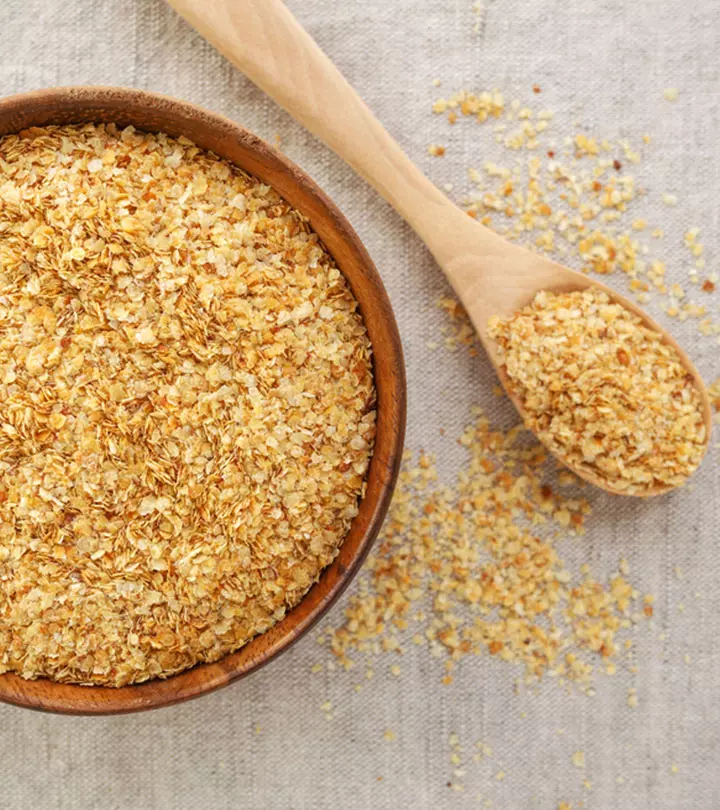




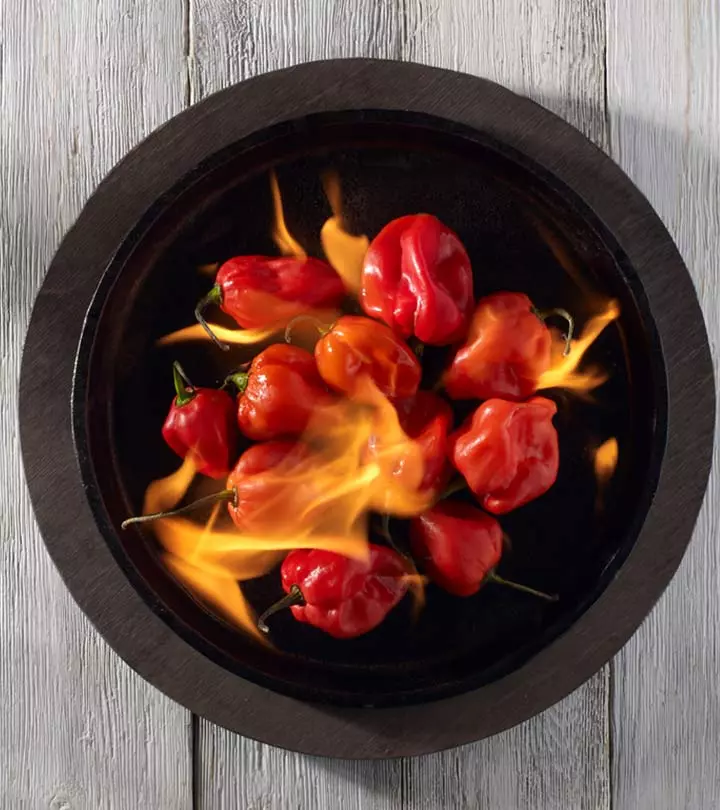
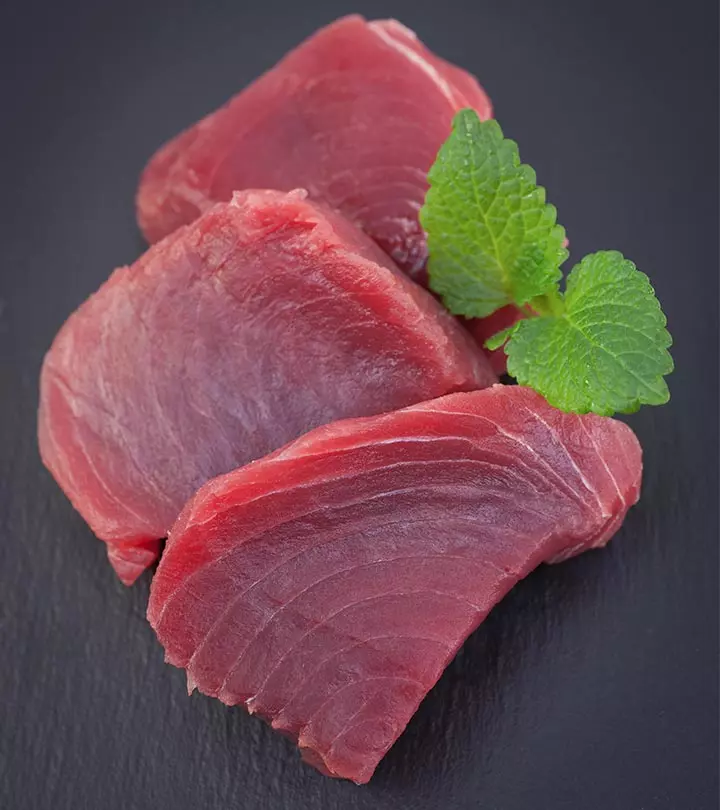
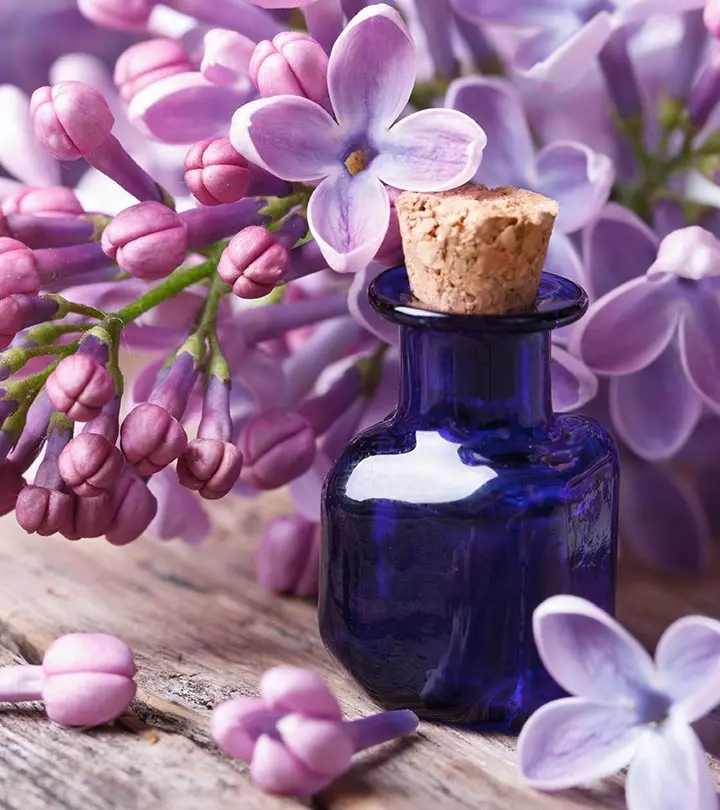
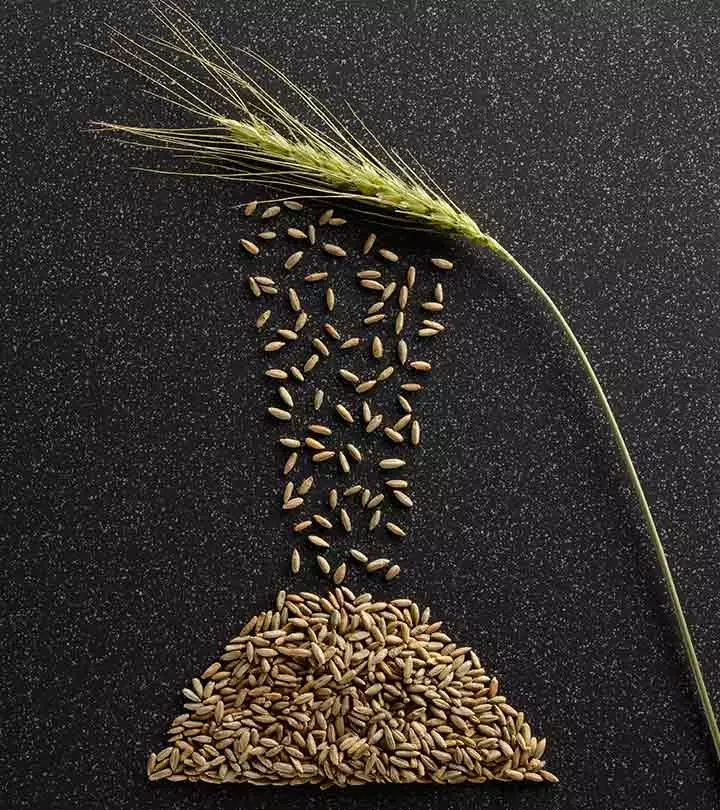







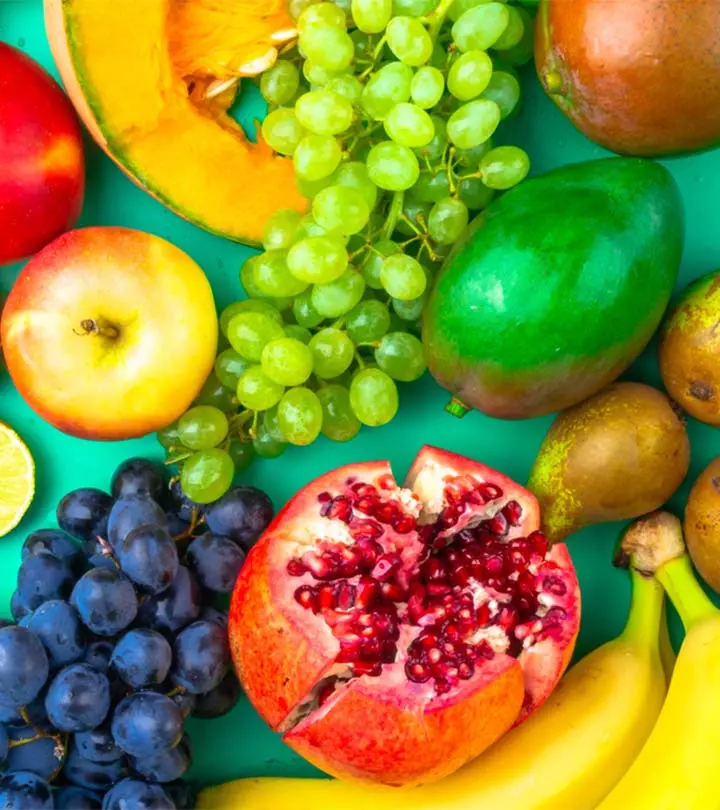

Community Experiences
Join the conversation and become a part of our empowering community! Share your stories, experiences, and insights to connect with other beauty, lifestyle, and health enthusiasts.